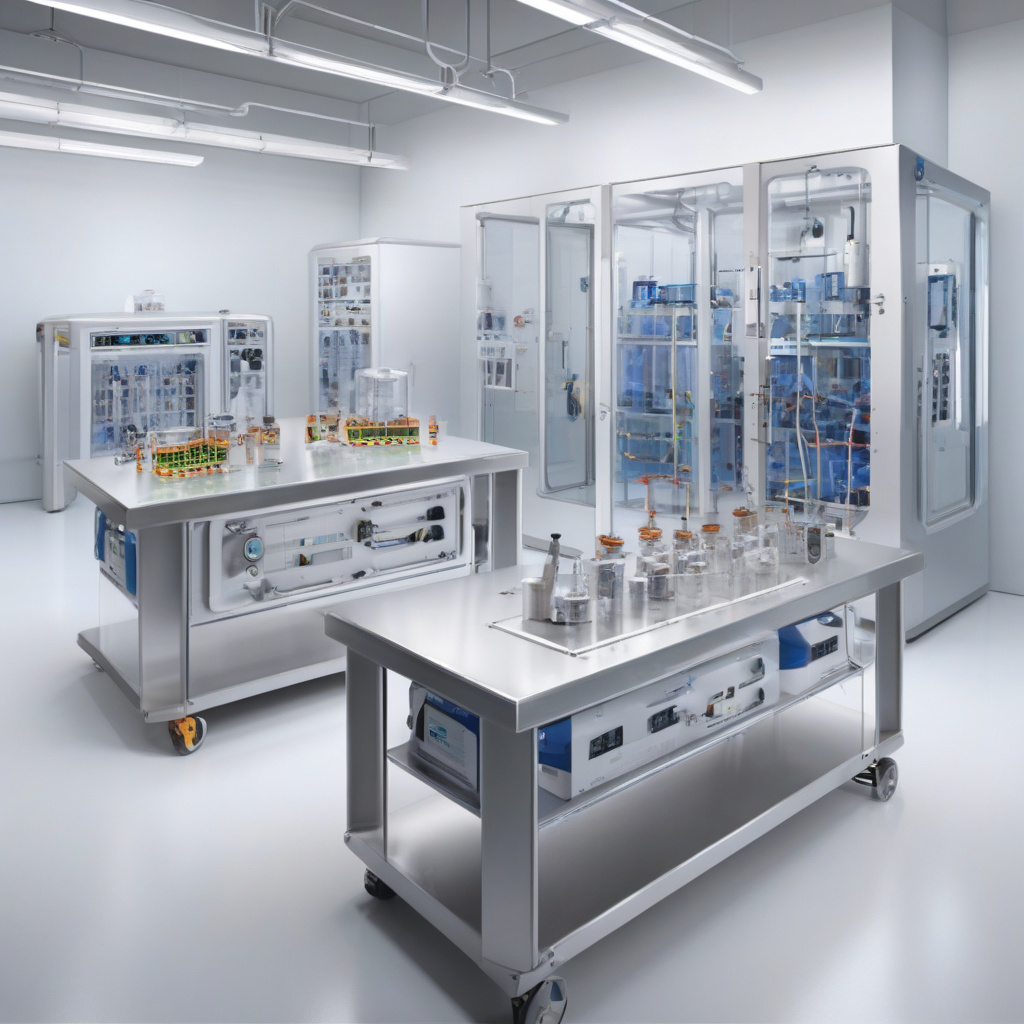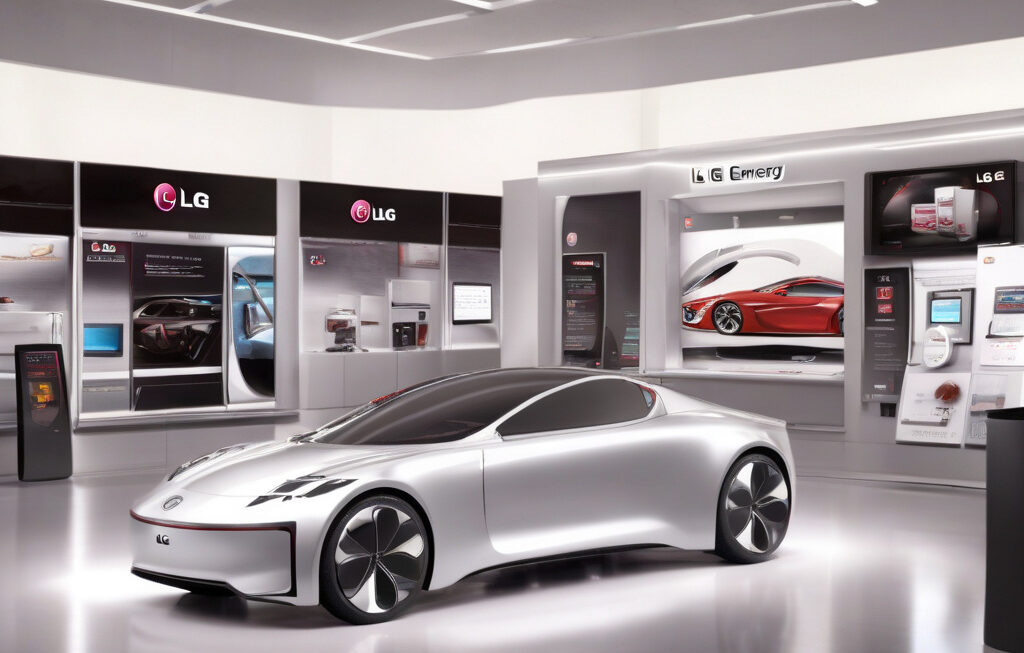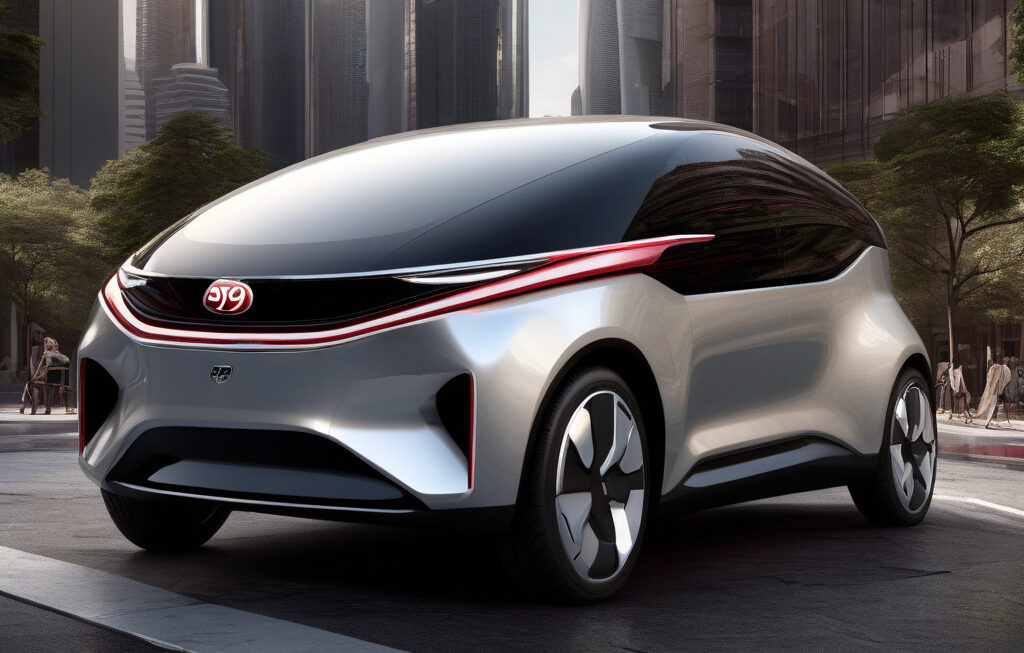EV Lithium Metal Battery Test Cell Hits 9,000-Hour Stability Milestone with New Gel
Researchers from Nankai University and collaborators in China have achieved a major breakthrough in battery technology with the development of a new gel that has propelled an EV lithium metal battery test cell to a remarkable 9,000-hour stability milestone. This significant advancement brings us one step closer to the widespread adoption of electric vehicles powered by safer, more efficient, and longer-lasting batteries.
Lithium metal batteries have long been hailed as the next big innovation in the field of energy storage due to their high energy density potential. However, issues such as dendrite growth, short circuiting, and overall instability have hindered their commercial viability. The breakthrough achieved by the researchers addresses these challenges head-on, offering a glimpse into a future where electric vehicles can travel longer distances on a single charge with enhanced safety features.
The key to this milestone lies in the novel gel electrolyte developed by the research team. This gel not only suppresses dendrite formation, a common cause of battery failure, but also improves the overall stability and longevity of the battery. By overcoming these critical hurdles, the researchers have paved the way for the mass production of lithium metal batteries that could revolutionize the electric vehicle industry.
In addition to its impressive stability milestone, the new gel electrolyte also boasts improved safety features. By reducing the risk of short circuiting and thermal runaway, the gel enhances the overall reliability of lithium metal batteries, making them a more attractive option for electric vehicle manufacturers and consumers alike. With safety being a top priority in the automotive industry, this development is a significant step forward in ensuring the widespread acceptance of electric vehicles.
Furthermore, the enhanced stability and safety of lithium metal batteries can have far-reaching implications beyond the automotive sector. From consumer electronics to grid storage systems, the potential applications of this technology are vast and varied. By unlocking the full potential of lithium metal batteries, researchers are opening doors to a more sustainable and energy-efficient future for industries around the globe.
As we celebrate this remarkable achievement in battery technology, it is important to acknowledge the collaborative effort that made it possible. The partnership between Nankai University and other institutions in China highlights the power of teamwork in driving innovation forward. By pooling together expertise and resources, researchers were able to overcome complex challenges and push the boundaries of what was thought possible in the realm of battery technology.
Looking ahead, the success of the EV lithium metal battery test cell serves as a testament to the endless possibilities that lie in the intersection of science, technology, and collaboration. As researchers continue to push the boundaries of innovation, we can expect to see even more groundbreaking developments that will shape the future of energy storage and propel us towards a more sustainable world.
In conclusion, the achievement of a 9,000-hour stability milestone for the EV lithium metal battery test cell with the new gel electrolyte marks a significant leap forward in battery technology. With improved stability, safety, and longevity, lithium metal batteries are poised to revolutionize the electric vehicle industry and beyond. This milestone serves as a reminder of the power of innovation and collaboration in driving progress towards a cleaner, more sustainable future.
electric vehicles, battery technology, sustainability, innovation, collaborative research












